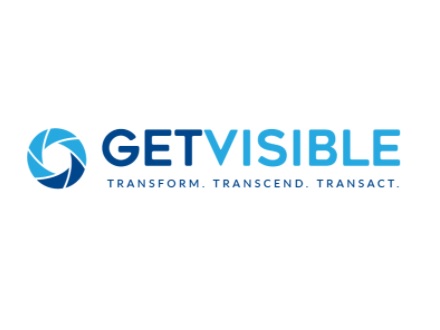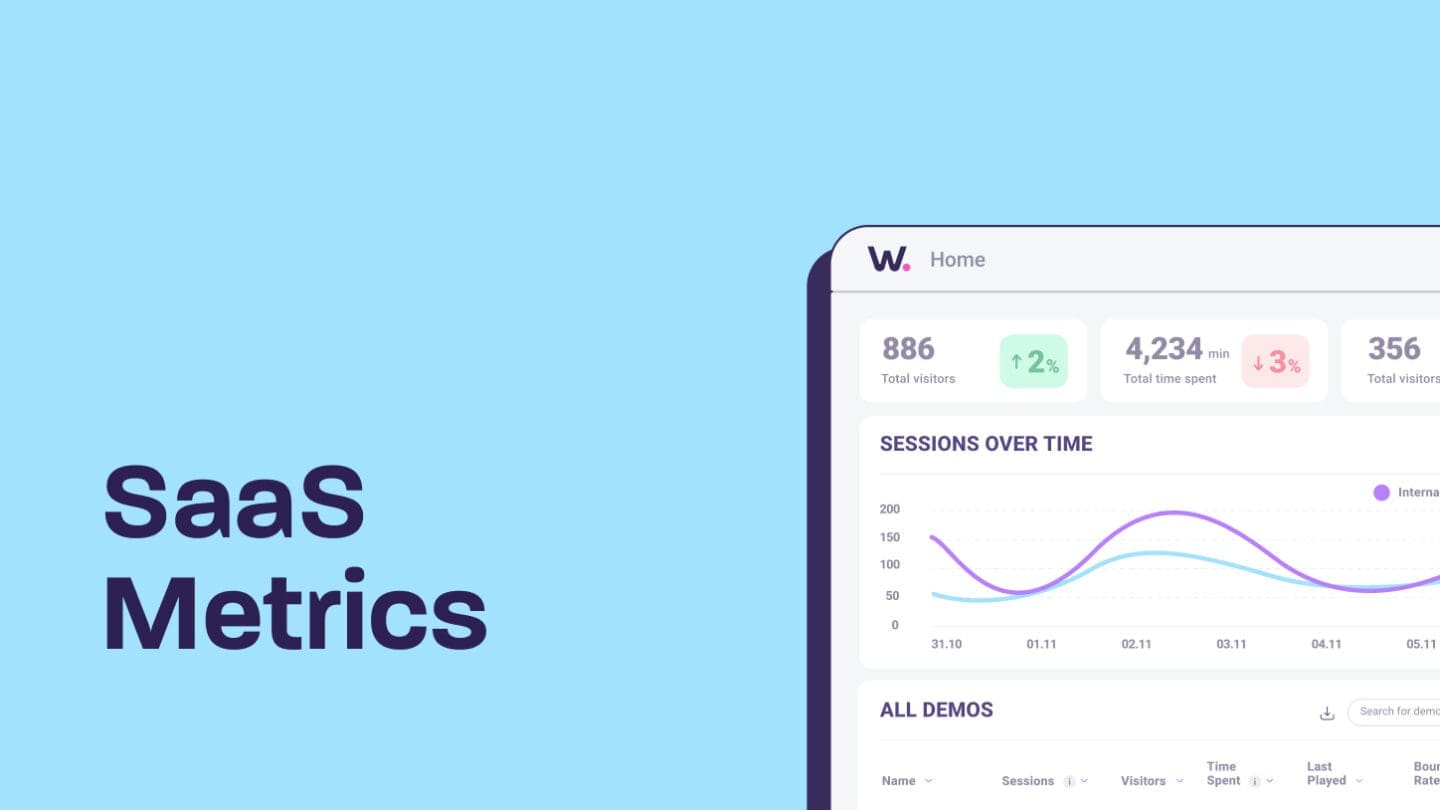Don’t Show it All in One Go – Trench Coat Websites Are No Longer Converting

Building an aesthetically pleasing, cohesive website for your business is essential in creating a unified and consistent brand identity. A great-looking site will do more than just attract visitors — it’ll help you instill trust with potential customers, which can result in more leads, sales, and overall success for your company.
Today we’ll share the fundamentals of website design, from the user interface to content placement. We’ll also identify key components contributing to creating an attractive online presence that builds on your branding goals. After being in SEO for over 14 years, Jason and his team have the best industry insights to help your branding goals.
What are trench coat websites and how are they not smart?
Jason used a really interesting term while explaining trends in B2B websites, “a trench coat website.” You know those sellers who have their whole shop in a trench coat and market by letting you glance at it? That’s how some websites are working these days – they have the entire information on display and don’t have an interactive product demo or video series to educate their visitors further. Jason called them trench coat websites.
But if you want awesome conversions in B2B websites, build funnels to share what you have in store. Don’t make your site an open book (remember, we’re not talking about B2C sites, we’re focusing on B2B ones where you want the visitor to ask for a sales demo).
The benefits of funnels
Funnels are becoming increasingly popular among B2B websites due to their ability to provide an interactive experience for visitors. By creating a step-by-step flow through which visitors can learn about the company, funnels allow users to become more informed and involved in the business process. This helps build trust with customers, as they can get an insider’s look at how the business works.
How funnels work
A funnel typically begins with an introduction page that gives visitors an overview of what they can expect from the rest of their journey through the website. From there, each step should provide more detailed information about specific topics related to the company’s business model or offerings. At each stage, visitors should have access to written and visual elements that explain various aspects of the process in greater depth.
Each funnel step should contain links or contact information that allow visitors to reach out if they have questions or need additional help navigating the site. By providing such an experience for site visitors, businesses can create relationships with potential customers by giving them an inside look at their company operations.
Integrating visual elements
Besides written content, visuals play an important role in helping create interest in B2B websites. Utilizing photographs, videos, and other visuals throughout your funnel can help bring concepts alive for site visitors while providing valuable information about the product or service offered. You can use visuals throughout each stage of the funnel as well as on landing pages or promotional emails sent out by companies.
How can an interactive tour increase a website’s appeal?
We always say a picture is worth a thousand words, and an interactive product tour is worth a million. In this fast-paced world, your ideal customer is bombarded with information, and it can be hard to break through the noise. This is especially true regarding websites; there are billions of them, so how can you make yours stand out? The answer is simple: by using an interactive demo.
What is an interactive demo?
A demo is a concise overview of your website that uses visuals and animation to engage potential visitors. It lets you highlight your website’s best features and benefits in a way that is easy for users to understand.
In the B2B space, where you’re offering something niche-specific, your target customer must ask for a taste test of your service. That’s what Jason and his teammates do at Get Visible.
How to create an interactive demo?
Creating an interactive demo is relatively easy and does not require coding knowledge. Many software programs allow you to create an interactive demo without coding knowledge. Plus, there are plenty of online tutorials and resources that can walk you through the process step-by-step. So, if you’re looking for a way to take your website to the next level, consider adding an interactive demo. It just might be the thing that sets your website apart from the rest.
How is AI impacting the content side of B2B websites?
While chatting about the SEO horizon and internet marketing, we discussed AI’s input. At this point, most of us have heard how AI will completely overtake human input and impact websites’ user experience in more than one way. But how will AI impact the content side of B2B websites? Let’s take a sneak peek to understand:
Personalization
AI lets us personalize content for our target audience by leveraging data such as customer demographics, geographic location, user behavior, and preferences. This helps businesses create more relevant and engaging content that resonates with their customers. By tailoring content for each user, businesses can provide users with an overall better experience on their website.
Optimized content delivery
Another way that AI is impacting B2B websites is through optimized content delivery. We can use AI to analyze user data and surface the most relevant pieces of content based on this data.
For example, if a user has already read one article about a product or service, an algorithm can recognize this and display other related articles. This captures their attention and keeps them interested in your offers!
Improved search capabilities
AI can also improve search capabilities on B2B websites. By leveraging natural language processing (NLP), businesses can create more accurate search results for users’ queries while recommending related topics or products based on their search. This helps improve the overall user experience by allowing users to quickly find what they’re looking for without spending time combing through irrelevant results or trying multiple search terms before finding what they need.
How can B2B websites improve their user experience?
Here are some practical tips B2B sites can try to boost their user experience:
Providing easy access to key information
This step includes descriptions, specifications, pricing, delivery times, images or videos of products or services, customer reviews, FAQs, and more. Providing as much information as possible upfront can help customers make informed decisions quickly and easily. Additionally, adding detailed product descriptions allows customers to get an accurate idea of what they are buying before making a purchase decision.
Implementing a modern, user-friendly design language
The look and feel of a website can influence customer behavior greatly. A modern design language can drastically enhance users’ browsing experience on B2B websites by making navigation easier and improving visitor engagement. It also allows businesses to showcase their services in a visually appealing way that resonates with their target audience. Businesses can craft an immersive user journey with thoughtful typography choices, well-crafted visuals, and intuitive navigation menus.
Leveraging customer feedback and analytics data
The best way to improve the usability of a B2B website is to leverage customer feedback and analytics data. By collecting this data, you can better understand what users are looking for on your site and what areas might need improvement.
For example, if you notice that most users are spending more time on one particular section of the site, it could indicate that the content in that area is more compelling.
Creating clear, searchable navigation menus and site structure
Another way to improve user experience on B2B sites is by creating clear, searchable navigation menus and site structure. This will make it easier for visitors to find what they’re looking for in fewer clicks.
For example, make sure all main pages (e.g., Home page, About page) are accessible from the top menu bar, so visitors don’t have to hunt around for them. What’s more, create clear categories within each main page so users can easily find the information they need without going through multiple pages. The easier visitors find what they’re looking for on your site, the more likely they are to stay longer and take action (e.g., contact you about a product or service).
Rounding Up
When we talk about engagement and roaring conversions, it all comes down to how you rise to the creative challenge of introducing your website to your audience. It’s smart to provide snippets of interesting content through engaging demos so your visitors can see what to expect.
Likewise, releasing information provides more than aesthetic appeal— it reveals enough so that every piece reinforces why each new one matters.
Let creativity be the way forward and make the most of this digital era. If you need assistance with digital marketing that doesn’t cost you time and extra effort, Get Visible should be your pick. Having been in the industry for over a decade, they know how to get the numbers rolling in!


